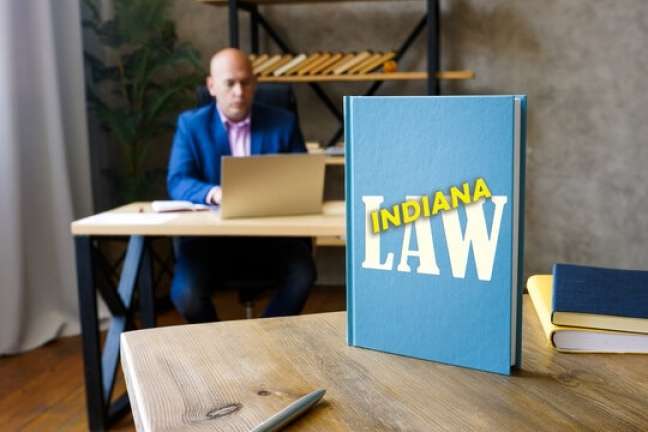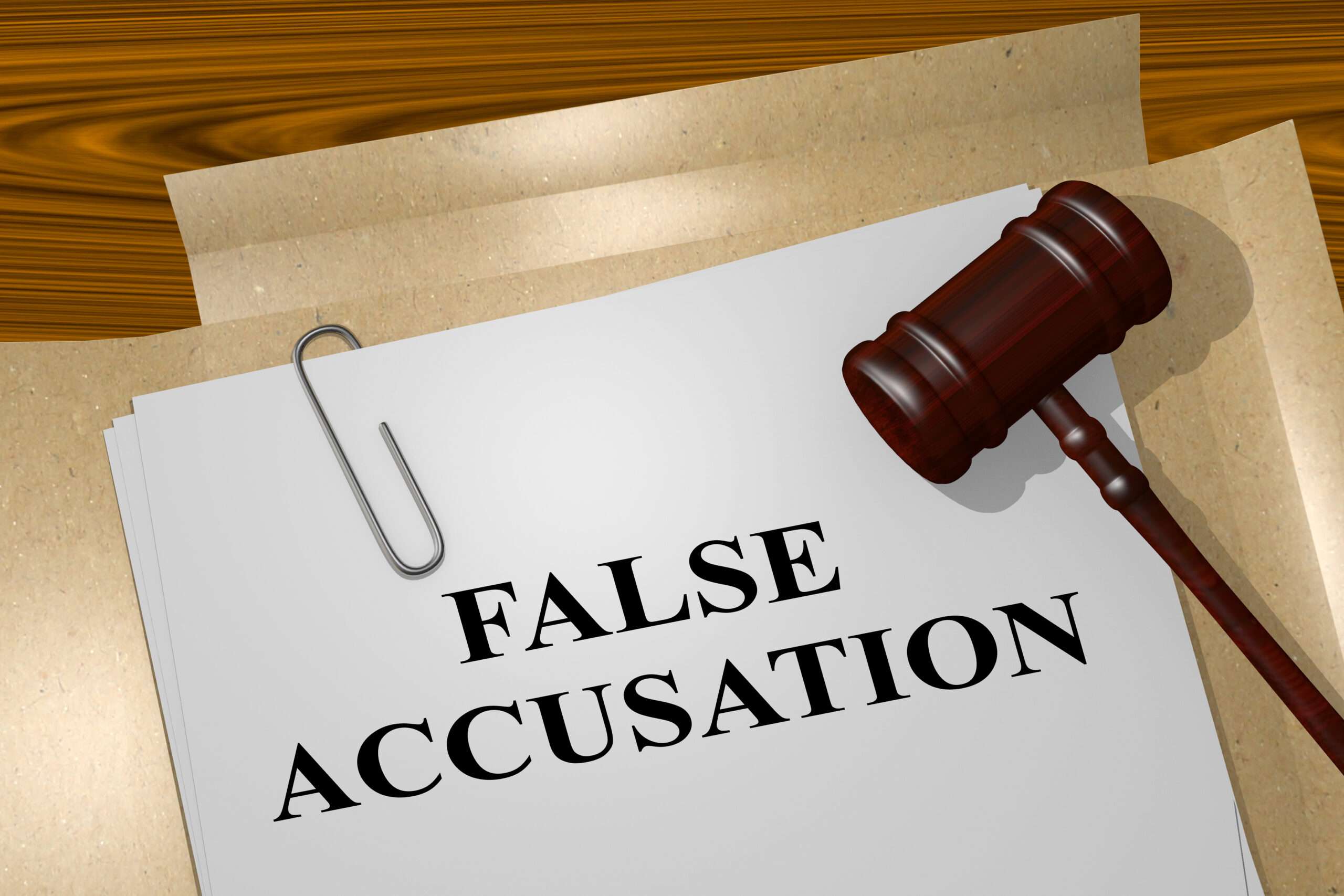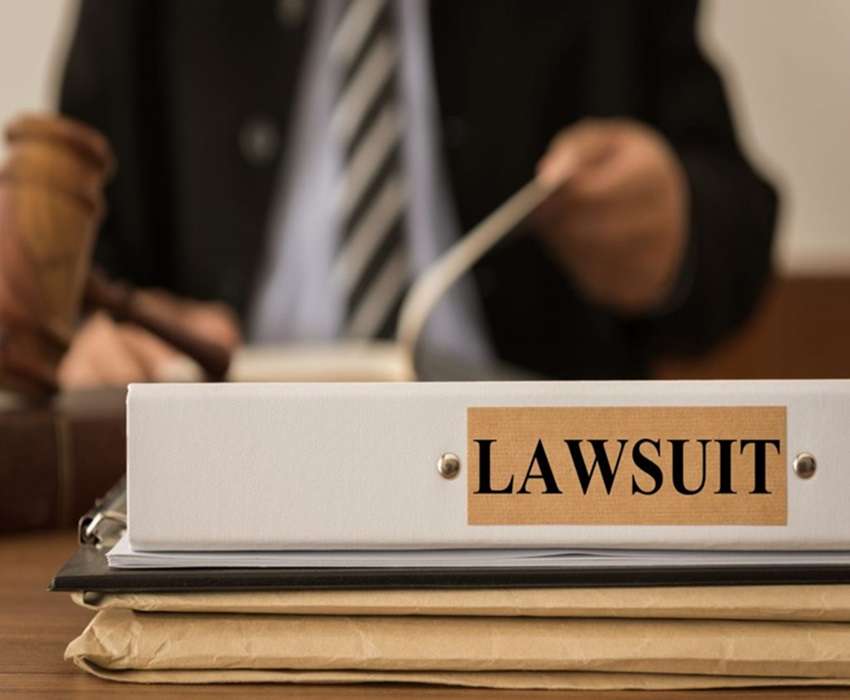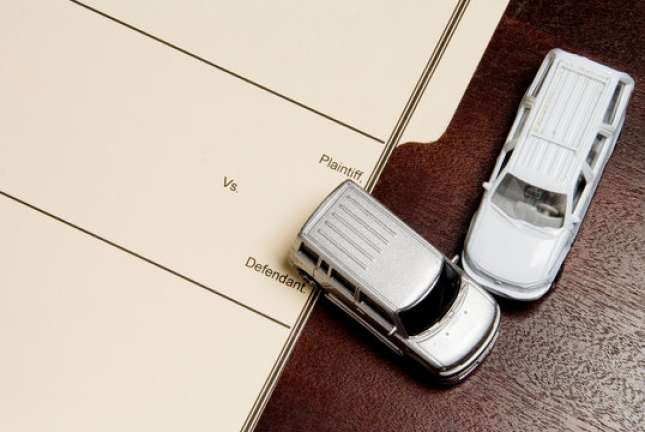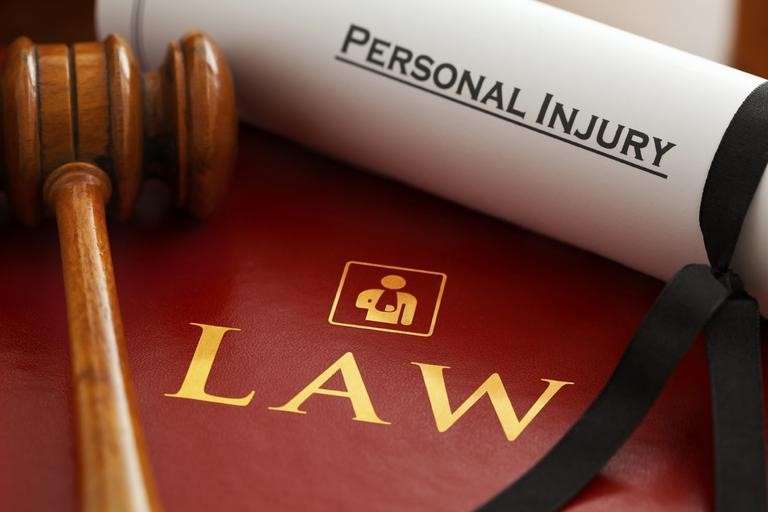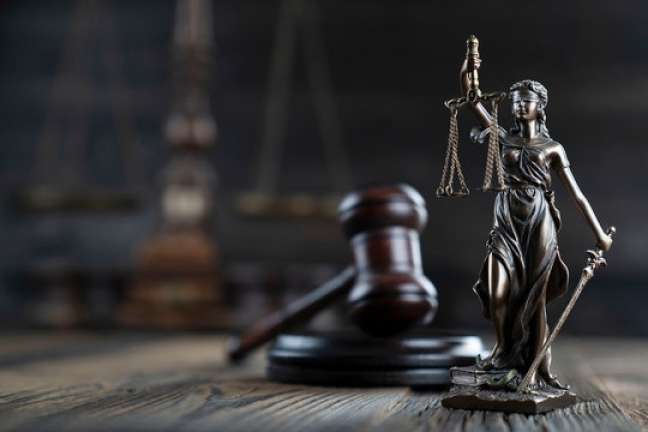Life can change in an instant. One moment you’re going about your day and the next, you’re sidelined by an unexpected accident. The emotional and physical pain is one thing, but the financial burden? That’s a whole different thing.
Roughly 1.3 million people die each year due to road traffic crashes alone, not to mention the countless others who suffer injuries. You don’t have to navigate this alone. A personal injury claim can be your lifeline, offering a way to recover those unexpected costs and get your life back on track.
However, a successful claim hinges on having the right documentation. But it can be a bit tricky. What documents do you need? How do you get them? And what exactly makes them so important?
This guide will break down the six essential documents that can make or break your personal injury claim. Dive in and take one step closer to putting this ordeal behind you.
Understanding Personal Injury Claims
What exactly is a personal injury claim? It’s a legal demand for compensation when you’ve been hurt due to someone else’s negligence or intentional actions. Think of it as a way to hold the responsible party accountable for the mess they’ve made of your life.
They come in all shapes and sizes. Maybe you were in a car crash caused by a reckless driver, slipped and fell on a wet floor at the grocery store, or got bitten by your neighbor’s dog. Each situation is unique, but the common thread is that your injury was caused by someone else’s wrongdoing.
Now, you might be wondering, “What does the claims process look like?” It typically starts with notifying the responsible party or their insurance company about your injury. Then comes the investigation, where evidence is gathered to support your claim. If a settlement can’t be reached, the case may go to trial, where a court decides the outcome. If you’re feeling overwhelmed, don’t worry – a reliable personal injury lawyer in Idaho or the one in your state can guide you through every step of this process, ensuring your rights are protected and you receive the compensation you deserve.
Now, here are the essential documents you’ll need and why they’re important to your case:
1. Medical Records and Bills
Medical records and bills don’t just tell the story of your physical recovery; they lay the groundwork for sound financial planning after an accident. These documents serve as a timeline of your pain, your healing journey, and the financial impact that ripples through your life. Here’s a breakdown of the medical documents you’ll need:
- Doctor’s notes: These detail your injuries, treatment plans, and progress over time.
- Hospital records: Discharge papers, operative reports, and any other documentation from your hospital stay.
- Test results: X-rays, MRIs, blood tests, and any other diagnostic tests that confirm your injuries.
- Bills and invoices: Keep track of every expense, from ambulance rides to prescription co-pays. These bills are proof of the financial impact of your injuries.
- Prescription records: This shows the medications you’ve been prescribed and their costs.
- Therapy records: If you’ve undergone physical therapy or other rehabilitation, these records document your progress and the associated costs.
Don’t just toss those medical bills in a drawer; organize them meticulously. Make copies of everything and keep them in a safe place.
2. Accident Report
The accident report is the official record of what happened, capturing the who, what, when, where, and how of the incident. Think of it as the backbone of your personal injury claim. Here’s why is it so important:
Establishing the facts
The accident report provides a neutral account of the incident, including the date, time, location, weather conditions, and a description of what happened.
Identifying the parties involved
The report lists the names and contact information of everyone involved in the accident, including drivers, passengers, and witnesses.
Documenting damage
The report usually includes a diagram of the accident scene and a description of the damage to vehicles or property.
Police officer observations
The responding officer’s insights can be helpful in proving liability and determining fault.

If the police respond to the scene, they’ll typically file an accident report. You can usually obtain a copy from the police department or online. If the police weren’t involved, such as in a slip and fall at a store, the business may have an incident report you can request.
3. Witness Statements
Witness statements offer a different perspective, often providing crucial details that you might have missed in the heat of the moment. A bystander might have noticed the offending driver texting, or a fellow passenger could attest to the impact of the collision. But why are these statements so crucial?
Independent corroboration
Witnesses provide an objective account of the incident, backing up your version of events.
Credibility boost
A neutral third-party account adds credibility to your claim. It shows that you’re not just making things up, but that others witnessed the incident and can vouch for your story.
Settlement leverage
Strong witness statements can be a powerful bargaining chip during settlement negotiations. Insurance companies are more likely to offer a fair settlement if they know there are credible witnesses who can support your claim in court.
So, how do you get these statements? If possible, try to get contact information for witnesses at the scene. Later, you can reach out to them and politely ask if they’d be willing to provide a statement.
4. Photographic Evidence
While witness statements and medical records paint a compelling narrative, photographic evidence brings it to life. It’s the visual proof that supports your story, leaving little room for doubt or misinterpretation. So, what kind of photos should you take?
Scene of the accident
Capture the big picture – the intersection where the crash occurred, the slippery floor where you fell, or the hazardous condition that caused your injury.
Your injuries
Take photos from different angles and distances to show the severity and progression of your injuries over time.
Damaged property
If your car was totaled, your bike was mangled, or your belongings were damaged, snap some photos. These can be used to support your property damage claim.
Surrounding area
Don’t forget to capture the surrounding area, including traffic signs, road conditions, or any hazards that contributed to the accident. These photos can provide valuable context and support your claim.
Photographic evidence helps others see what you experienced. It’s a visual representation of the pain, suffering, and inconvenience you’ve endured.
5. Employment Records
Missed workdays, reduced hours, or even losing your job entirely can lead to serious financial strain. That’s where your employment records come in. They’re not just proof of your work history; they’re a lifeline to recovering the income you’ve lost due to your injury. So, what employment documents do you need?
- Pay stubs: These slips show your hourly rate or salary, hours worked, and any overtime or bonuses you earned.
- W-2 or 1099 forms: These tax forms summarize your earnings for the year, providing a clear picture of your overall income.
- Employer verification letter: This letter from your employer confirms your employment status, dates of employment, job title, salary, and any time you’ve missed due to your injury.
- Tax returns: If you’re self-employed or have fluctuating income, tax returns can help establish your average earnings and potential losses.
Here’s why these documents are important:
- Calculating lost wages: Your employment records are used to calculate how much income you’ve lost due to your injury including overtime, bonuses, and any other benefits you would have earned if not for the accident.
- Proving reduced earning capacity: Your employment records can help establish your reduced earning potential. This is crucial for claiming compensation for future income losses.
- Supporting your claim: Having solid proof of your income makes it harder for the insurance company to dispute your lost wage claim and can help you secure a fair settlement.
Your employment records are your financial lifeline after an accident. Keep them organized and readily available.
6. Insurance Information
Insurance information points you toward potential sources of compensation and helps you navigate the complexities of coverage. So, what insurance information do you need?
- Policy numbers: Gather the policy numbers and contact information for all relevant insurance companies.
- Coverage limits: Understand the limits of each policy, as this will influence the amount of compensation you can potentially receive.
- Claim information: Keep track of any claim numbers and correspondence with insurance adjusters.
Remember, insurance companies are businesses with their own interests. They might try to minimize your payout or deny your claim altogether. Arm yourself with knowledge and protect your financial well-being.
Final Thoughts
By understanding these six essential documents and taking the time to gather them thoughtfully, you’re not just building a case – you’re taking back control of your life after an unexpected setback. Don’t let the complexities of the process deter you. Reach out to those who can help, arm yourself with information, and take that first step toward recovery and justice. Your future is worth fighting for.
Read More: What is Strata Law and Why Does it Matter?






